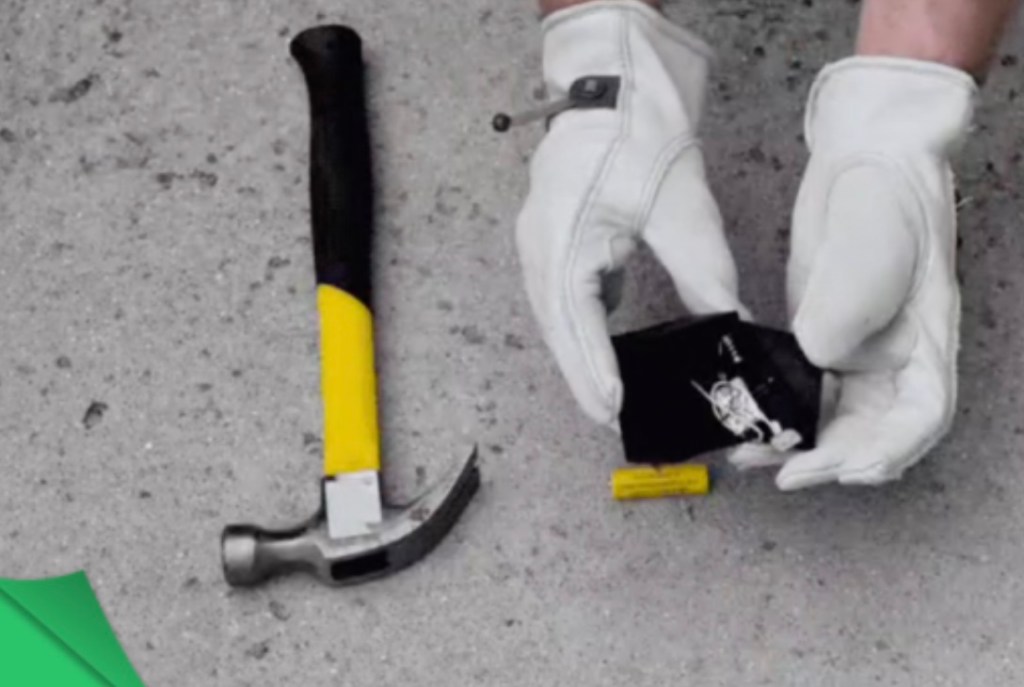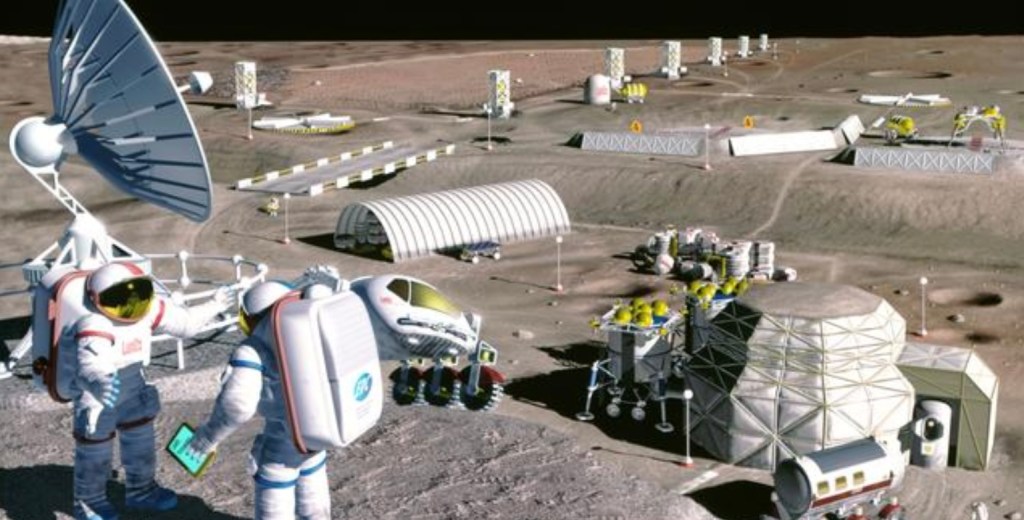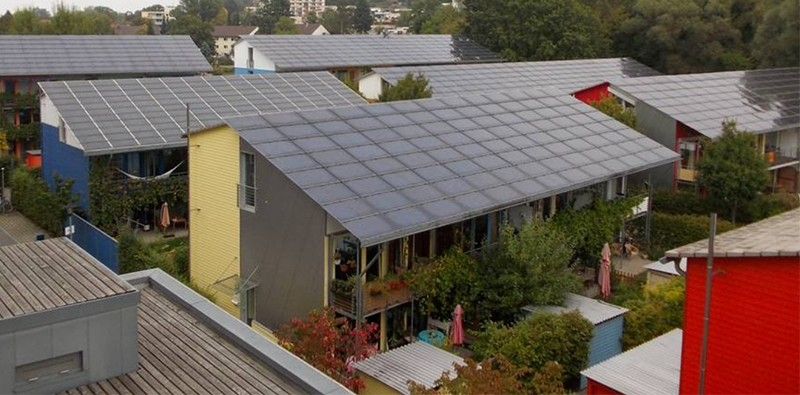Intermediate Guiding Question
How do solar panels work?
Big Idea 3.2
Educator Background
-
Solar panels, most commonly made out of silicon, have a bunch of individual solar cells, or photovoltaic (PV) cells, which is a device that converts light energy into electrical energy. The dark silicon absorbs the photons, or particles from light, which the PV cells convert into electricity. Buildings with solar panels can store the energy in batteries for when it is nighttime or when it is cloudy. Instead of batteries, which can be expensive, many households will connect to the electrical grid, and the electric company buys the electricity created by the solar panels from the homeowner.
-
Learning Constraints
At this level students are investigating how light travels (MS-PS4-2) and how energy is transferred, which includes how heat is transferred in different ways, through radiation, convection, and conduction (MS-PS3-3). They are also exploring how energy from the Sun flows through Earth's systems (MS-ESS2-1), the consequences that have occurred because of the way humans extract and consume energy resources on Earth (MS-ESS3-3), and the solutions needed to sustain Earth's resources (MS-ESS3-3).
-
Connect to Heliophysics
Connect to the Sun by tracing the path of a photon of light from the interior of the Sun (core), outward through the radiative zone and the convection zones of the Sun, all the way to the Sun's surface (photosphere), outward into space, eventually reaching Earth. The solar structure provides several examples for how thermal energy is transferred.
-
Extend Exploration
Extend student exploration by having them research the efficiency of solar panels and to make a claim, using evidence and reasoning, as to why or why not solar cells panels are a good alternative to fossil fuels.
-
Differentiate for Beginner Learners
Support beginner students by reviewing how light transfers energy from place to place (4-PS3-2).
-
Differentiate for More Advanced Learners
Challenge students at the next level by encouraging them to investigate how energy is created at the Sun’s core through nuclear fusion.

How Solar Panels Work
Video Length: 4:59
Search the Resource Database for more videosRecommended Resources
Explore this guiding question with these intermediate level resources.
Heliophysics Resource Database
Use the guiding question above to explore resources at this level or go directly to our database to search for resources by level, NGSS performance expectation, topic, and mission.
Resource Database
































